The Philippines is an archipelago comprising of 7,641 islands. From enigmatic tranquil islands to dramatic pasturelands, it has an endless array of bucket list worthy destinations that impel awe and wonder. It beckon travelers with spectacular natural beauty and diversity, including emerald waters rich with marine life, promising snorkeling and diving opportunities.

Aside from starfishes and seaweeds, mollusks are among the most common sights in the sea floor of the Philippines. With unpolluted waters and teeming marine ecosystem, Bohol can pride itself as one of the most richest habitats of these fascinating species, especially in Panglao Island.
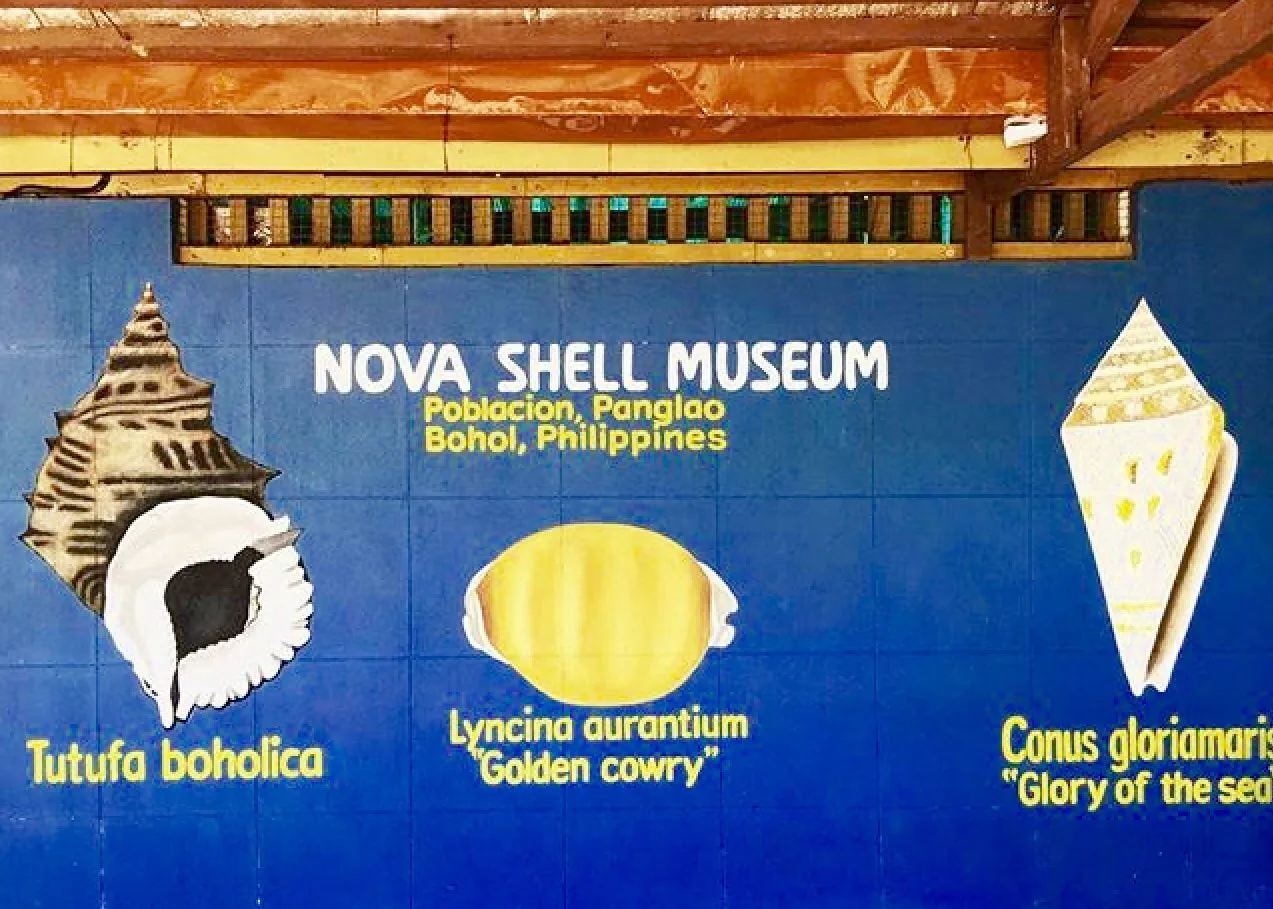
Instead of diving into the depths for some exotic shells, clams and other mollusks, why not tour around in one-of-a-kind shell museum with more than a hundred varieties of seashells and be surprised by its diversity? For nature lovers, marine biologists and aficionados, a stop-over in Nova Shell Museum is a must. I know, at least once in your life, you’ve collected some shells on your trip to the beach. If your amazed on what you’ve seen, you’ll be dumfounded at these collection of rare shells.
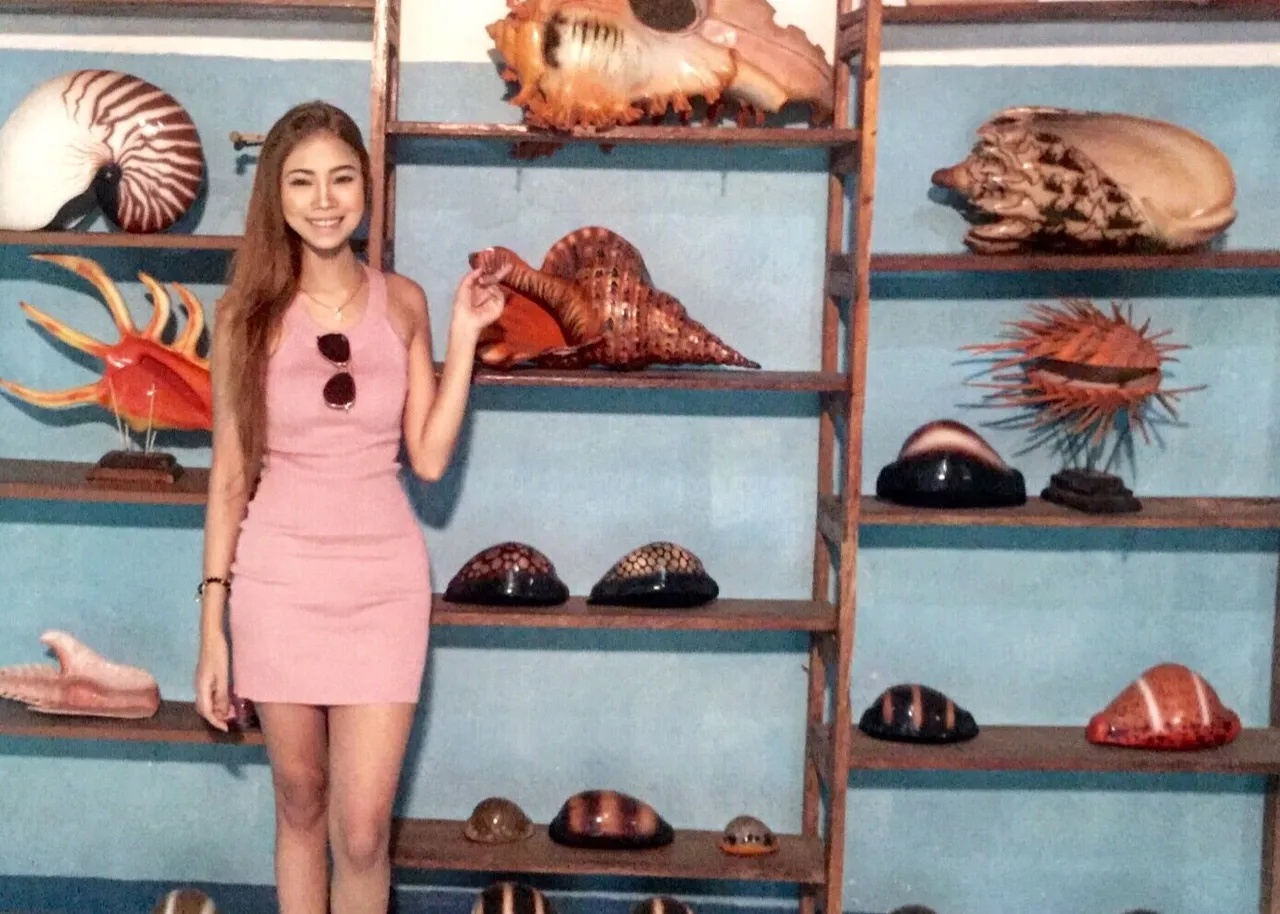
At present, the Nova Shell Museum showcases one of the biggest shell collections in the world and the only establishment in the Philippine archipelago that houses shell varieties of unimaginable shapes and sizes. It is the result of dedication and a lifelong passion of its founder, Mr. Quirino Hora. He has practically devoted half of his life in collecting, studying and archiving these exquisite underwater creatures. These shells were gathered from his own expeditions in the Philippines, while some were bartered with other collectors and enthusiasts. He proudly displays his collections for everyone to see. There are shells that could never be seen anywhere in the world but in the museum alone, and some were never been classified.
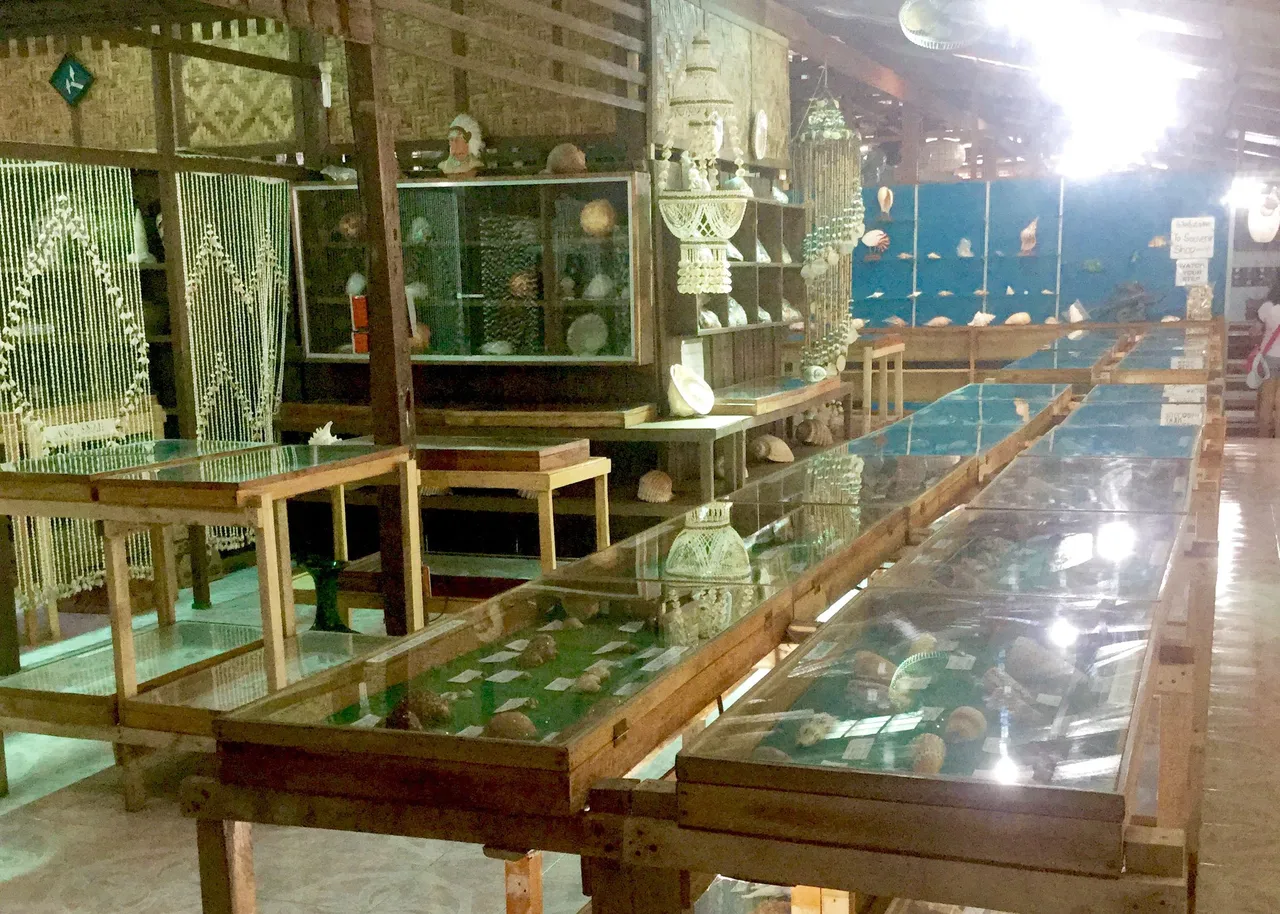
Inside the museum are several glass displays containing the neatly arranged shells that look like aquariums, but without the water. Room temperature and humidity levels are well kept, and maintenance schedules are met for the upkeep of these delicate pieces. Even lighting is moderated to avoid discoloration. Read on to discover my picks among the beaucoup of species in the exhibit.
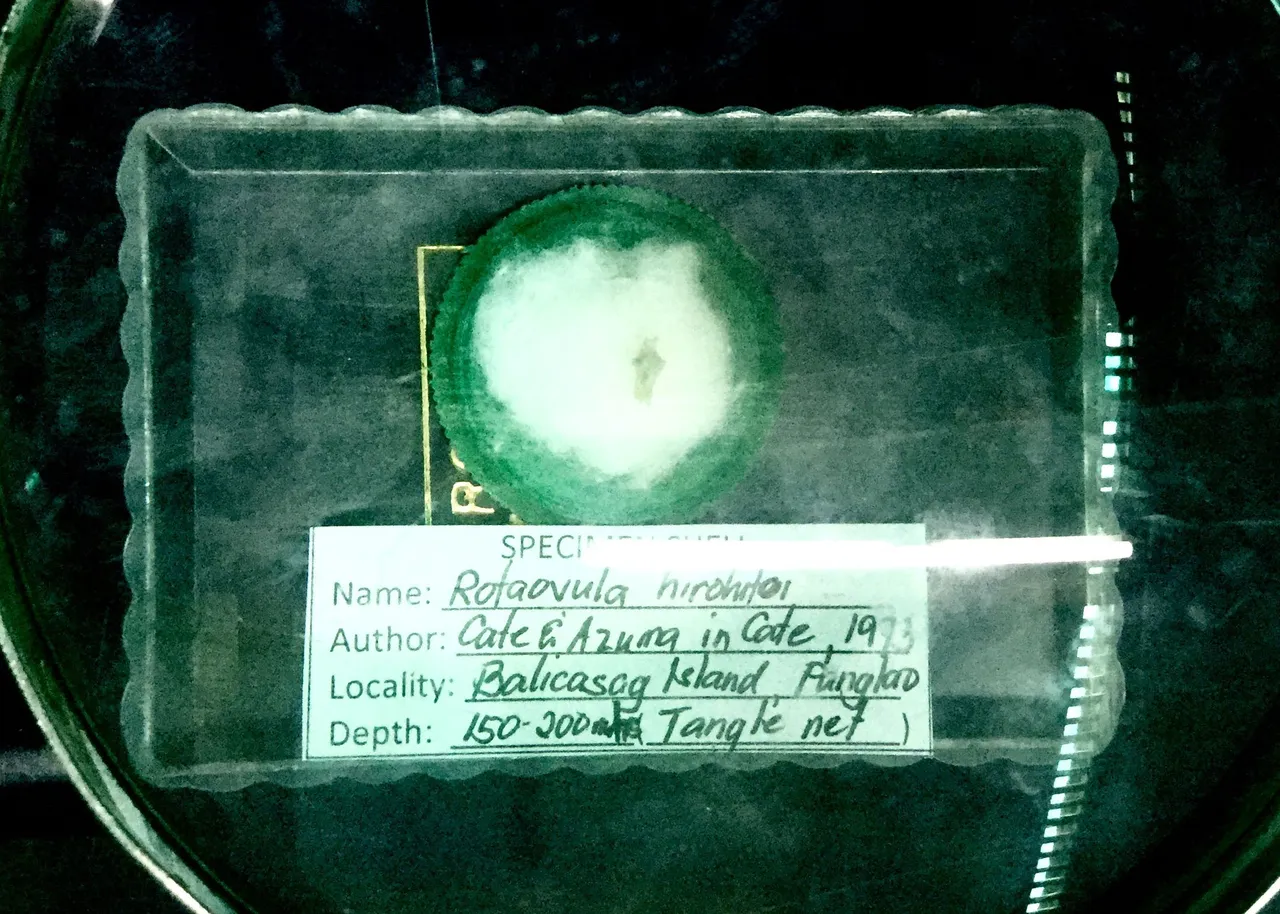
The first one I’ve chosen to give the spotlight to is the Rataovula Hirohito. Among his collections, the rarest was found at the waters of Balicasag Island and named after Emperor Hirohito of Japan. This is the smallest shell in the world ever known to man. The size of this shell is between 5 mm to 7 mm. It is so tiny that you have to use a microscope to marvel its full beauty. What do you think? Is this the start of something shell-shockingly great?
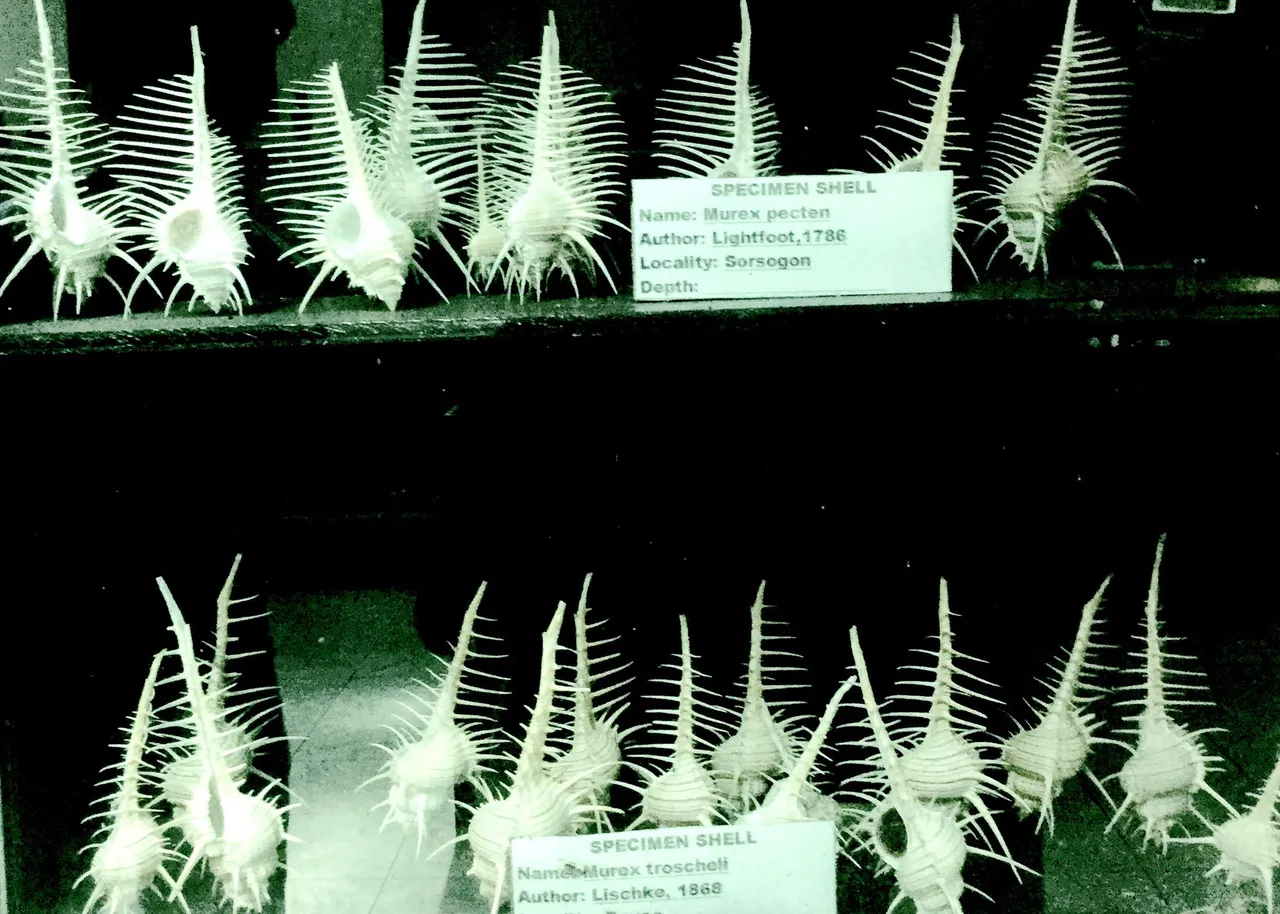
These Murex which looks exactly what I would imagine a mermaid uses to comb her hair with, have wicked elongated shells. They are decked out with over one hundred spines, which provide protection from predation, and in addition, prevent the snail from sinking into the soft mud. These white shells live in some very deep parts of the sea where sunrays can no longer penetrate. Perfect specimen of the shell are not easily found because of the fragility of the numerous long spines. These shells reach a length between 10 cm and 15 cm. They occur throughout the world but mainly in the tropics.
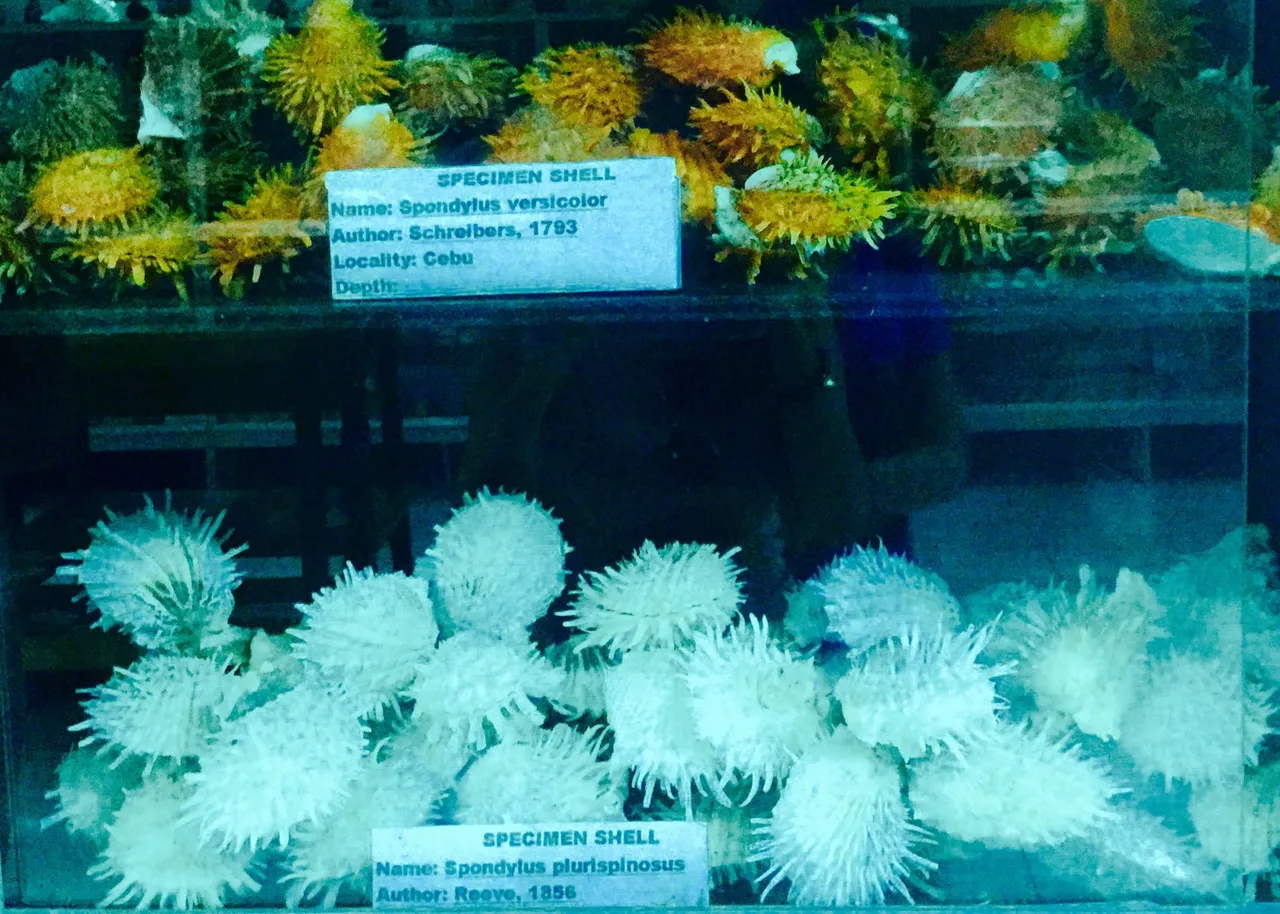
This family of shells are commonly known as, “Thorny Oysters”. These oysters' spines serve as protection and provide growth areas for barnacles and algae, which in turn provide camouflage. Thorny Oysters live attached to hard substrates or other shells, and interspecific variability makes them difficult to identify with certainty. The meat of these bivalves are edible.
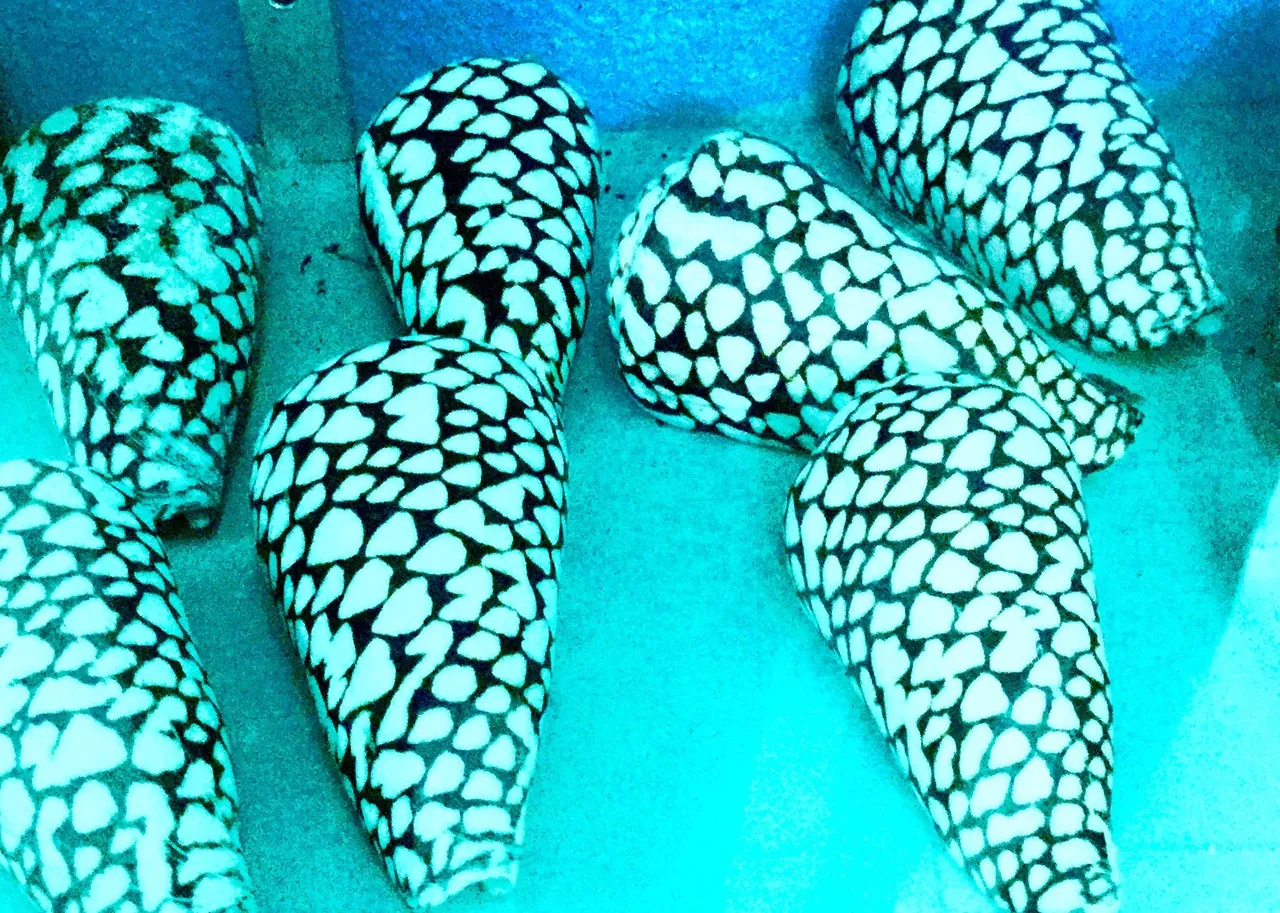
Shells that resemble snake skin patterns and colors are considered lethal by experts. They have needle-like protrusions on their heads that contain deathly venom which they use to to ward off predators. They are capable of "stinging" humans, therefore live ones should be handled carefully. Their common name is "The Tiger Cone". The size of their shells varies between 25 mm and 70 mm.

Adjacent to the museum is a souvenir shop wherein you can find crafts, intricately designed with items made of sea shells. From wall and ceiling decors, wind chimes, lampshades and curtains to jewelries such as earrings, necklace and brooch, there's everything to commemorate your visit to Bohol.
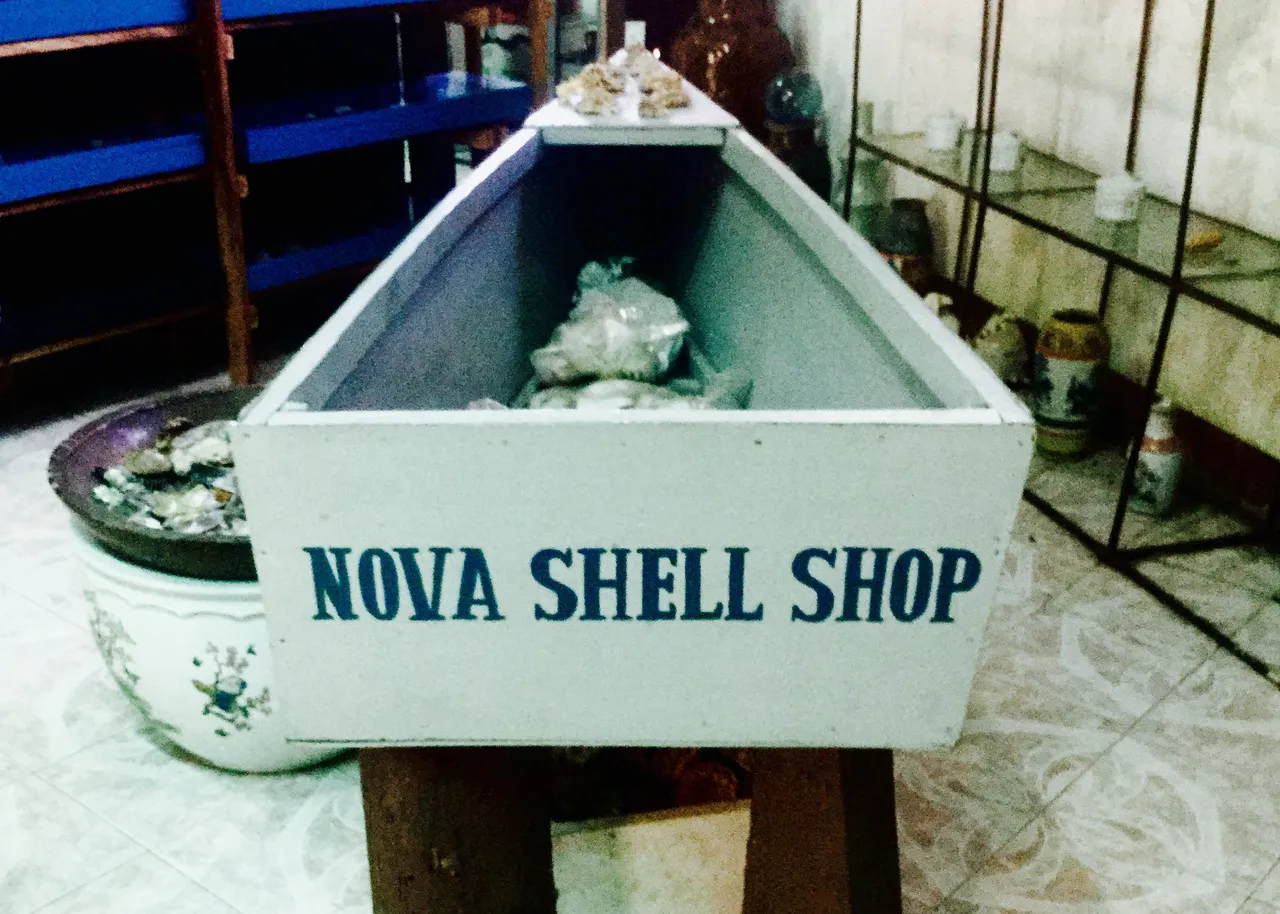
The Nova Shell Shop carries a lot of interesting merchandise. A beautiful assortment of various sized shells ranging from conchas to teeny tiny micro shells. You can string them to make a jewelry or affix those mini conchs to surfaces for crafty borders! They're nice for making shell mirrors, seashell ornaments, shell wreaths and add a colorful accent to your rooms!
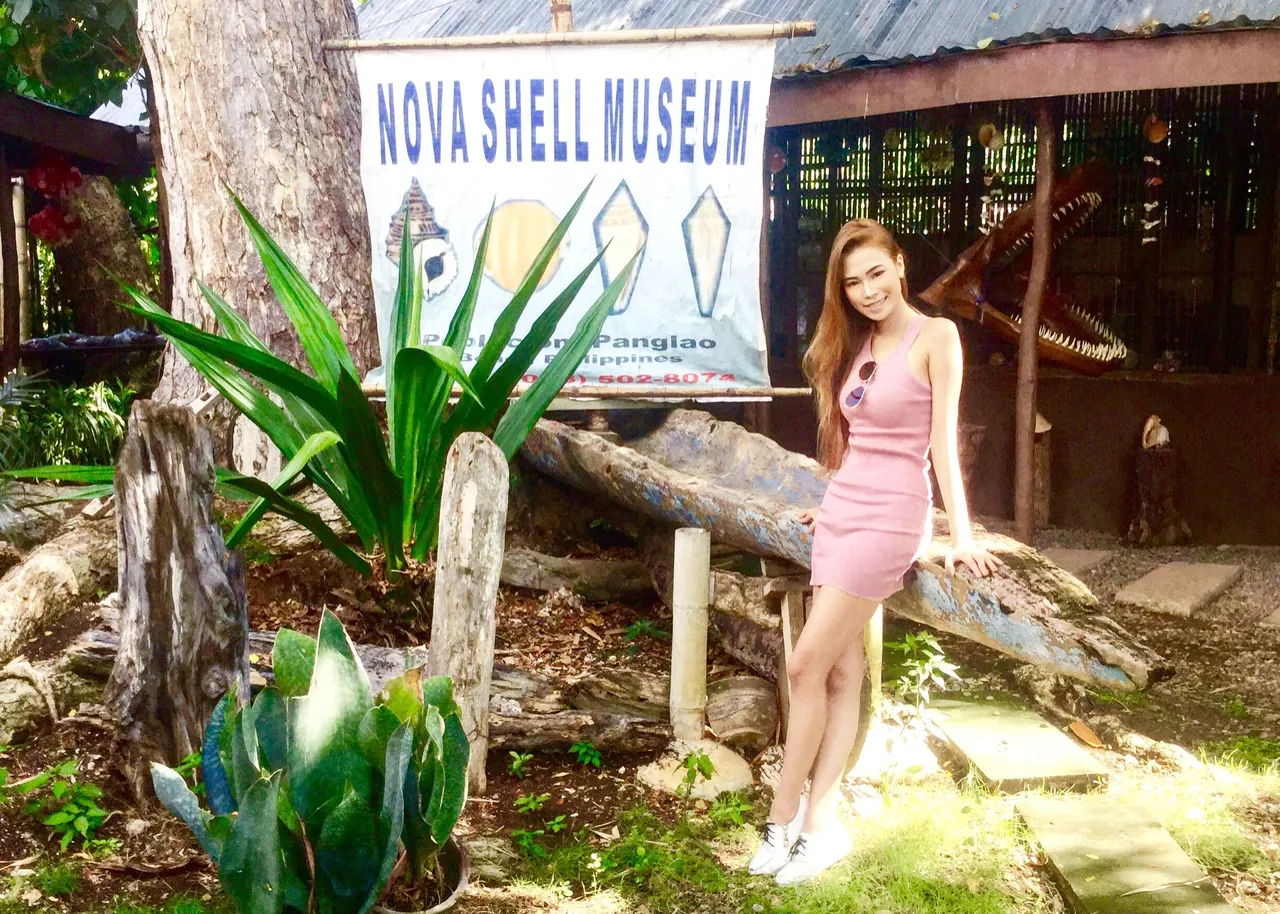
Fortunately, there were very few people on the day I visited, so I had an ample opportunity to examine each exhibit quite thoroughly, and I'm happy to have gained a whole new perspective about marine life! I took pleasure in listening to the guide’s monologue of the varieties of shells, their scientific and local names, where they were found and how deep their natural habitats are. I was entertained, and regaled in the sheer dedication of collecting shells. The museum provides a great educational alternative to the more common snorkeling, diving and island hopping adventures.